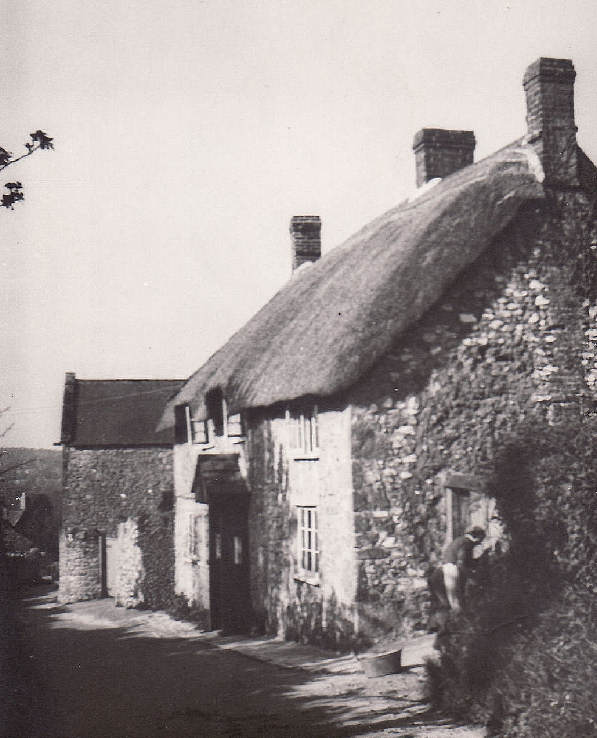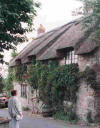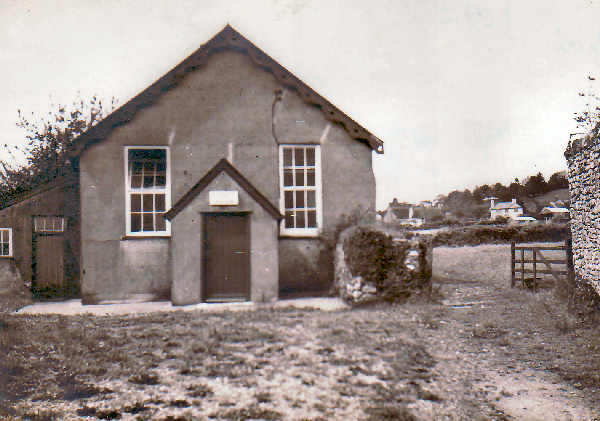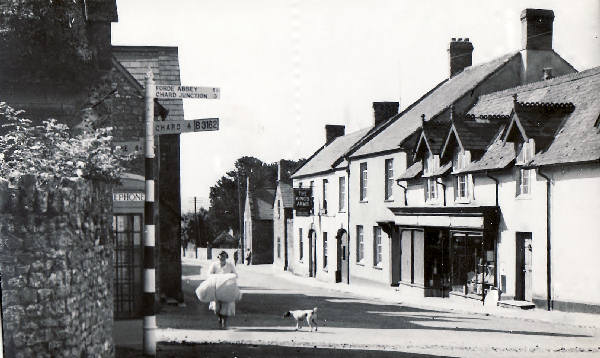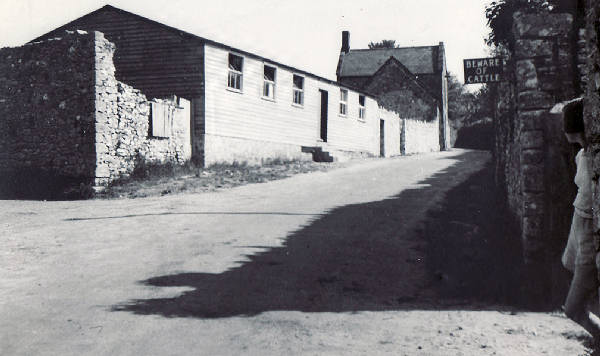A unique photographic record of Winsham in 1938
The Winsham Web Museum has obtained permission to reproduce a unique series of photographs belonging to Joyce Hayball. They present a picture of Winsham before the changes in village way of life that occurred after WWII. They are accompanied by a commentary that resulted from long conversations with Joyce and her life-long friend Marj Fowler, both now in their eighties, and who have lived their lives in or around the village. These conversations have been supplemented by information from Richard and Anne Rose, Michael Hebditch, Bob Willman, Jennie Clampett and Stella Abbey and many other village people. It is hoped that the contents of this photographic record will attract further information about the village and the people who lived in the parish at that time.
The photographs were taken in the summer of 1938 by Collie Burland, Joyce's uncle by marriage. Collie and his wife and children used to visit Winsham each year on holiday. Before the children arrived they used to come down from London on a tandem bicycle. On several occasions they also brought a friend in a sidecar attached to the tandem!
Collie was a remarkable person. A working class lad, he was born in 1905, in the Notting Hill Gate area of London. As a child he attended the local L.C.C.
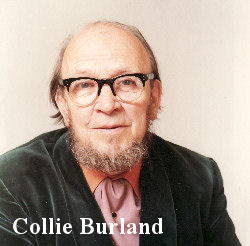 Council
School and acquired an ongoing interest in Primitive Man. Unable to afford further education,
he left school at 14 years of age. Later, and as a result of pursuing
his interest in humankind's history, he was persuaded by a lecturer at
the Natural History department of the British Museum to
apply for a job as an Attendant. He worked for the Museum
for forty years, starting as what we would now call a porter. However,
because of his interest and perseverance, he gradually rose through the
Museum's ranks and
eventually acquired the status of a world class specialist in ancient
Mexican pictorial manuscripts. He was the author of a number of books
with ethnological and anthropological themes, some of which are still available.
Council
School and acquired an ongoing interest in Primitive Man. Unable to afford further education,
he left school at 14 years of age. Later, and as a result of pursuing
his interest in humankind's history, he was persuaded by a lecturer at
the Natural History department of the British Museum to
apply for a job as an Attendant. He worked for the Museum
for forty years, starting as what we would now call a porter. However,
because of his interest and perseverance, he gradually rose through the
Museum's ranks and
eventually acquired the status of a world class specialist in ancient
Mexican pictorial manuscripts. He was the author of a number of books
with ethnological and anthropological themes, some of which are still available.Life in Winsham in the years before World War II was by today's standards (2012) could be described as very basic. In 1938, none of the cottages had piped water supplies or mains drainage. The locally sourced water supply in the village was not considered safe by Local Authority standards until the mid-nineteen twenties, and mains water was supplied by stand pipes around the village and a pump by the Village Cross. The locations of the stand pipes can be easily seen in Back Street and Fore Street, and collected as needed in buckets or whatever containers were available. Waste also had to be disposed of via a system of cess-pits.
Mains electricity was not generally available until the mid -1940s, although the Council Houses (Social Housing) built in the twenties and thirties had mains water, mains drainage and electricity. St.Stephen's, the Vicarage and Jubilee Hall had mains electricity in the mid thirties. The public telephone box on the corner of Church Street, Fore Street and Back Street was installed shortly before these pictures were taken in1938. Street lighting did not reach the village until 1993!
If you have information that can supplement the brief summaries that accompany the pictures, please pass it onto the Winsham Web Museum.
